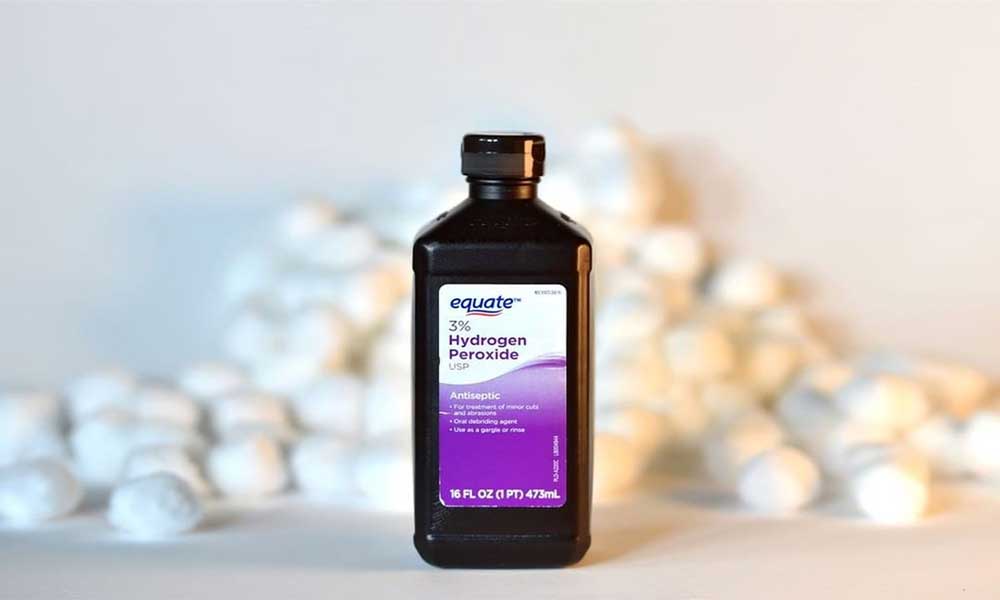1. Baking Soda and Vinegar
If you're looking for a natural and effective way to unclog your kitchen sink drain, look no further than your pantry. Two simple household ingredients, baking soda and vinegar, can work wonders in clearing out any blockages in your pipes.
To use this method, start by pouring a pot of hot water down the drain to help loosen any debris. Then, pour about 1/2 cup of baking soda down the drain, followed by 1/2 cup of white vinegar. The mixture will cause a fizzing reaction, which helps to break down any built-up grime and gunk. Let it sit for about 10-15 minutes, then flush the drain with another pot of hot water. Repeat if necessary.
This method not only unclogs your kitchen sink drain, but it also helps to eliminate any unpleasant odors that may be lingering in your pipes. Plus, it's safe for your pipes and the environment.
2. Boiling Water
Sometimes, all it takes to unclog a kitchen sink drain is a pot of boiling water. This method works best for minor blockages caused by grease or food particles.
To use this method, simply boil a pot of water and carefully pour it down the drain in 2-3 stages, allowing the hot water to work its way through the blockage. Be careful not to pour the water too quickly, as it may cause the drain to overflow. If the blockage is stubborn, try adding a few drops of dish soap to the boiling water for added cleaning power.
3. Salt and Hot Water
Another simple yet effective method for unclogging a kitchen sink drain is using a combination of salt and hot water. The coarse texture of salt helps to scrub away any built-up debris, while the hot water helps to dissolve and flush it away.
To use this method, mix 1/2 cup of salt with a pot of hot water and pour it down the drain. Let it sit for a few minutes, then flush with more hot water. You can also add a few drops of essential oils, such as lemon or peppermint, to help freshen up your drain.
4. Plunger
If you have a double sink, the plunger method may be your best bet for unclogging a kitchen sink drain. Start by filling one side of the sink with enough hot water to cover the rubber part of the plunger. Then, place the plunger over the drain and quickly push and pull to create suction. This should help to dislodge any blockages and allow the water to flow freely.
If you have a single sink, you can try covering the overflow hole with a wet cloth and plunging as usual. This will help to create more suction and may be enough to unclog the drain.
5. Dish Soap and Hot Water
Dish soap is not just for washing dishes – it can also be a handy tool for unclogging a kitchen sink drain. The slippery texture of dish soap helps to lubricate the pipes and dissolve any greasy blockages.
To use this method, simply pour a few tablespoons of dish soap down the drain, followed by a pot of hot water. Let it sit for a few minutes, then flush with more hot water. This method is best for minor blockages and can be repeated as needed.
6. Wire Hanger
If you suspect that the blockage in your kitchen sink drain is caused by hair or other solid objects, a wire hanger can be a useful tool for unclogging it. Straighten out a wire hanger and bend one end to create a small hook. Then, insert the hook into the drain and use it to fish out any debris that may be causing the blockage.
Be sure to wear gloves and use caution when handling the wire hanger, as it may have sharp edges.
7. Wet and Dry Vacuum
If you have a wet and dry vacuum, it can also be used to unclog a kitchen sink drain. Simply set the vacuum to the wet setting and cover the end of the hose with a cloth or towel. Place the hose over the drain and turn on the vacuum, creating a seal. This will help to suck out any debris that may be causing the blockage.
For best results, use the highest setting on the vacuum and move the hose around to cover all areas of the drain.
8. Caustic Soda
If none of the previous methods work, you may need to use a stronger solution, such as caustic soda. This chemical can be effective in breaking down tough blockages, but it should be used with caution and should not be used if you have metal pipes.
To use this method, follow the instructions on the packaging carefully and make sure to wear protective gloves and eyewear. After pouring the caustic soda down the drain, let it sit for about 20-30 minutes before flushing with hot water.
9. Enzyme Drain Cleaner
For a more natural and gentle approach, you can try using an enzyme drain cleaner to unclog your kitchen sink drain. These cleaners contain live bacteria and enzymes that help to break down organic materials, such as food particles and grease.
To use this method, simply pour the recommended amount of enzyme cleaner down the drain and let it sit for a few hours or overnight. Then, flush with hot water. This method may take longer to work, but it is safe for your pipes and the environment.
10. Hydrogen Peroxide and Baking Soda
If you're dealing with a stubborn blockage, a combination of hydrogen peroxide and baking soda can help to break it down. Hydrogen peroxide is a powerful oxidizing agent that can help to dissolve tough grime and gunk.
To use this method, mix 1 cup of hydrogen peroxide with 1/4 cup of baking soda to create a paste. Apply the paste to the drain and let it sit for about 30 minutes. Then, flush with hot water. This method may need to be repeated multiple times for stubborn blockages.
With these 10 home remedies, you can easily unclog your kitchen sink drain without the use of harsh chemicals. Remember to use caution and always read and follow the instructions carefully. If the blockage persists, it may be time to call a professional plumber for assistance.
Why You Should Consider Home Remedies to Unclog Your Kitchen Sink Drain

Save Time and Money
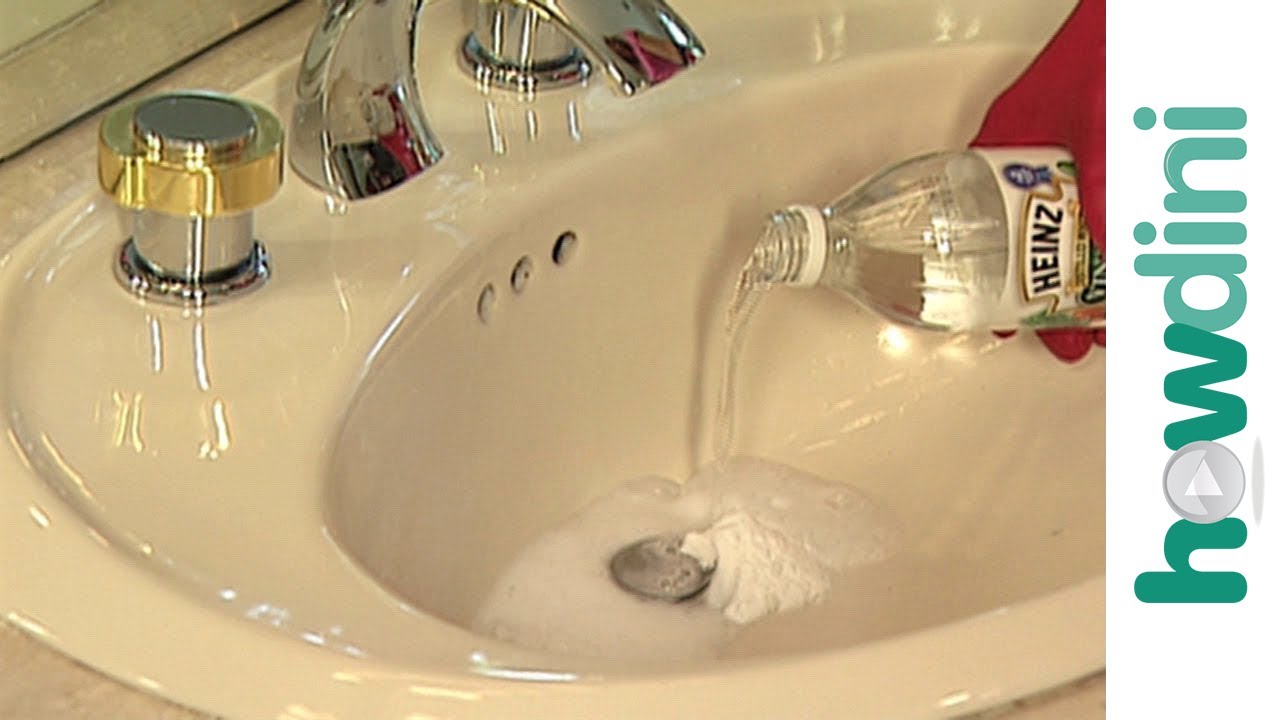 Home remedies
can be an effective and cost-saving solution to
unclog kitchen sink drains
. Instead of spending money on expensive chemicals or calling a plumber, you can use everyday household items to clear your clogged drain. Not only will this save you time and money, but it also reduces the need for harsh chemicals that can be harmful to both your
kitchen sink
and the environment.
Home remedies
can be an effective and cost-saving solution to
unclog kitchen sink drains
. Instead of spending money on expensive chemicals or calling a plumber, you can use everyday household items to clear your clogged drain. Not only will this save you time and money, but it also reduces the need for harsh chemicals that can be harmful to both your
kitchen sink
and the environment.
Easy and Convenient
 Most of the
home remedies
for unclogging a kitchen sink drain use items that you probably already have in your pantry or bathroom. For example, a mixture of baking soda and vinegar can be used to break down and dissolve clogs, while a plunger can be used to create suction and remove blockages. These methods are simple and can be done quickly, making them a convenient option for
unclogging kitchen sink drains
.
Most of the
home remedies
for unclogging a kitchen sink drain use items that you probably already have in your pantry or bathroom. For example, a mixture of baking soda and vinegar can be used to break down and dissolve clogs, while a plunger can be used to create suction and remove blockages. These methods are simple and can be done quickly, making them a convenient option for
unclogging kitchen sink drains
.
Gentle on Your Pipes
 Chemical drain cleaners can be harsh and damaging to your
kitchen sink pipes
, especially if they are used frequently.
Home remedies
are typically gentler on your pipes and pose less risk of causing damage. This is especially important for older homes with older plumbing systems, as they may be more susceptible to damage from harsh chemicals.
Chemical drain cleaners can be harsh and damaging to your
kitchen sink pipes
, especially if they are used frequently.
Home remedies
are typically gentler on your pipes and pose less risk of causing damage. This is especially important for older homes with older plumbing systems, as they may be more susceptible to damage from harsh chemicals.
Effective for Minor Clogs
 If your
kitchen sink drain
is only experiencing a minor clog,
home remedies
can be a quick and effective solution. They are best used for small blockages caused by food particles, grease, or soap scum. However, for more severe clogs or clogs caused by larger objects, it may be necessary to call a professional plumber.
If your
kitchen sink drain
is only experiencing a minor clog,
home remedies
can be a quick and effective solution. They are best used for small blockages caused by food particles, grease, or soap scum. However, for more severe clogs or clogs caused by larger objects, it may be necessary to call a professional plumber.
Conclusion
 In conclusion,
home remedies
can be a great alternative to expensive and potentially harmful chemical drain cleaners or calling a plumber to
unclog your kitchen sink drain
. They are easy, convenient, and cost-effective, making them a practical solution for minor clogs. However, if you are experiencing severe or persistent clogs, it is always best to seek professional help. Consider trying out some of these
home remedies
for yourself the next time your
kitchen sink drain
needs a little extra attention.
In conclusion,
home remedies
can be a great alternative to expensive and potentially harmful chemical drain cleaners or calling a plumber to
unclog your kitchen sink drain
. They are easy, convenient, and cost-effective, making them a practical solution for minor clogs. However, if you are experiencing severe or persistent clogs, it is always best to seek professional help. Consider trying out some of these
home remedies
for yourself the next time your
kitchen sink drain
needs a little extra attention.









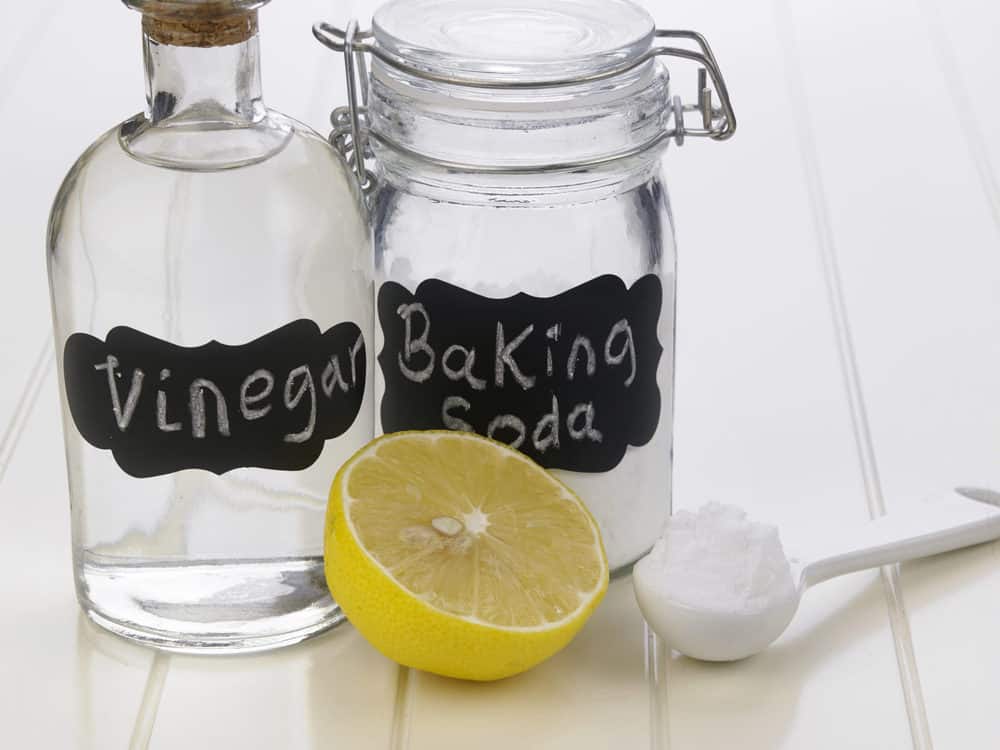








/boiling-water-on-gas-stove-143735234-5790aeb35f9b584d2005e949.jpg)
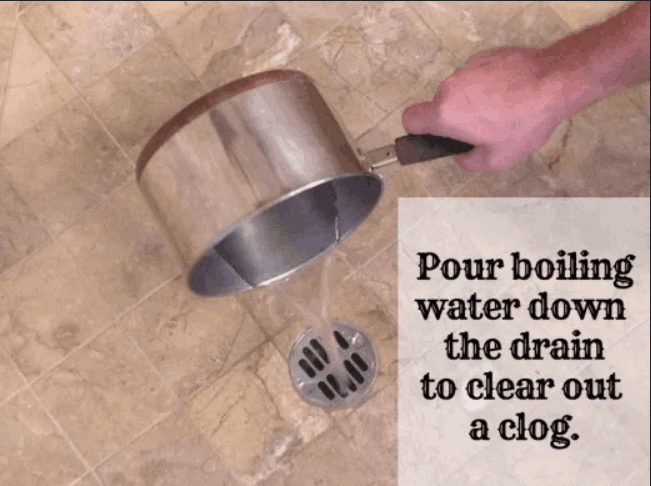


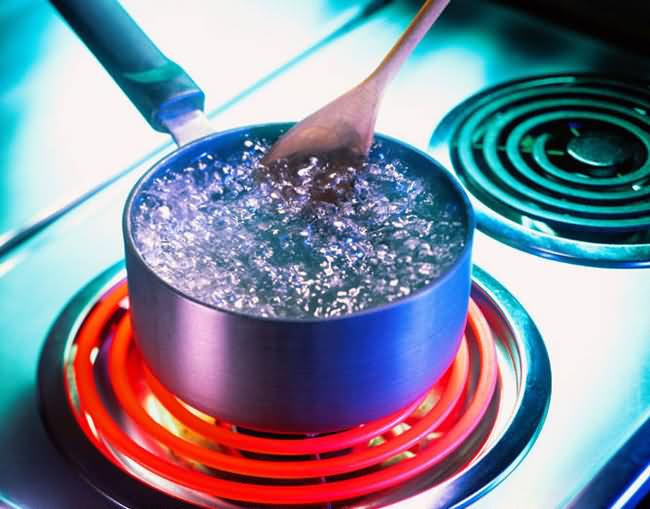






























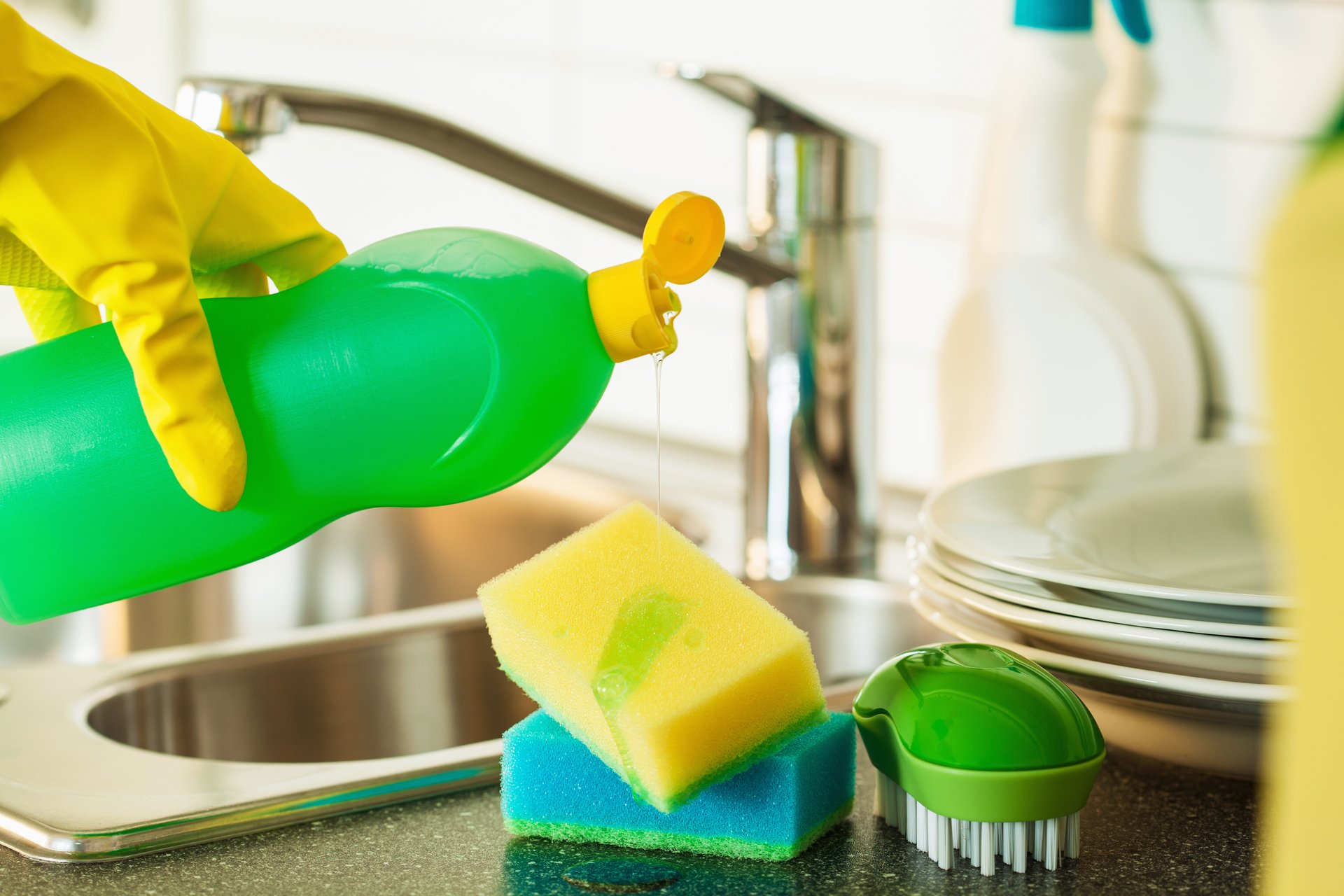
:max_bytes(150000):strip_icc()/uses-for-dish-soap-1900397-04-dd03ef8c459f4b6684b8714da8e014bd.jpg)











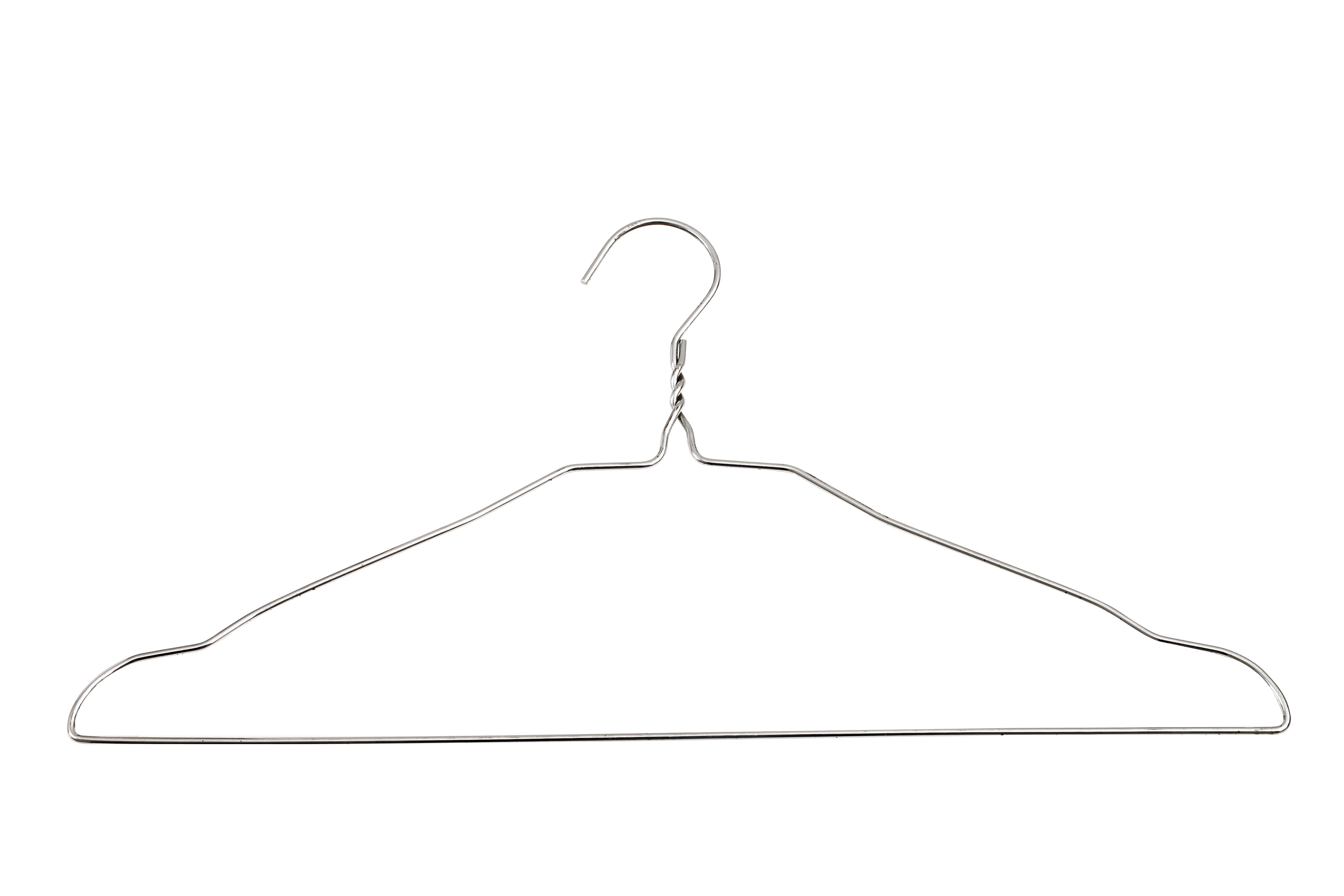

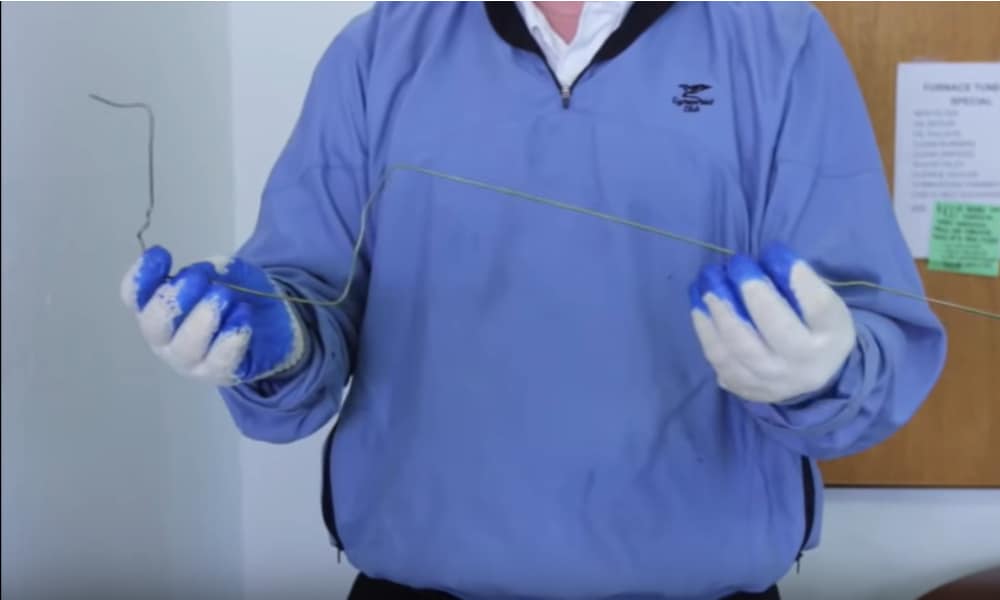














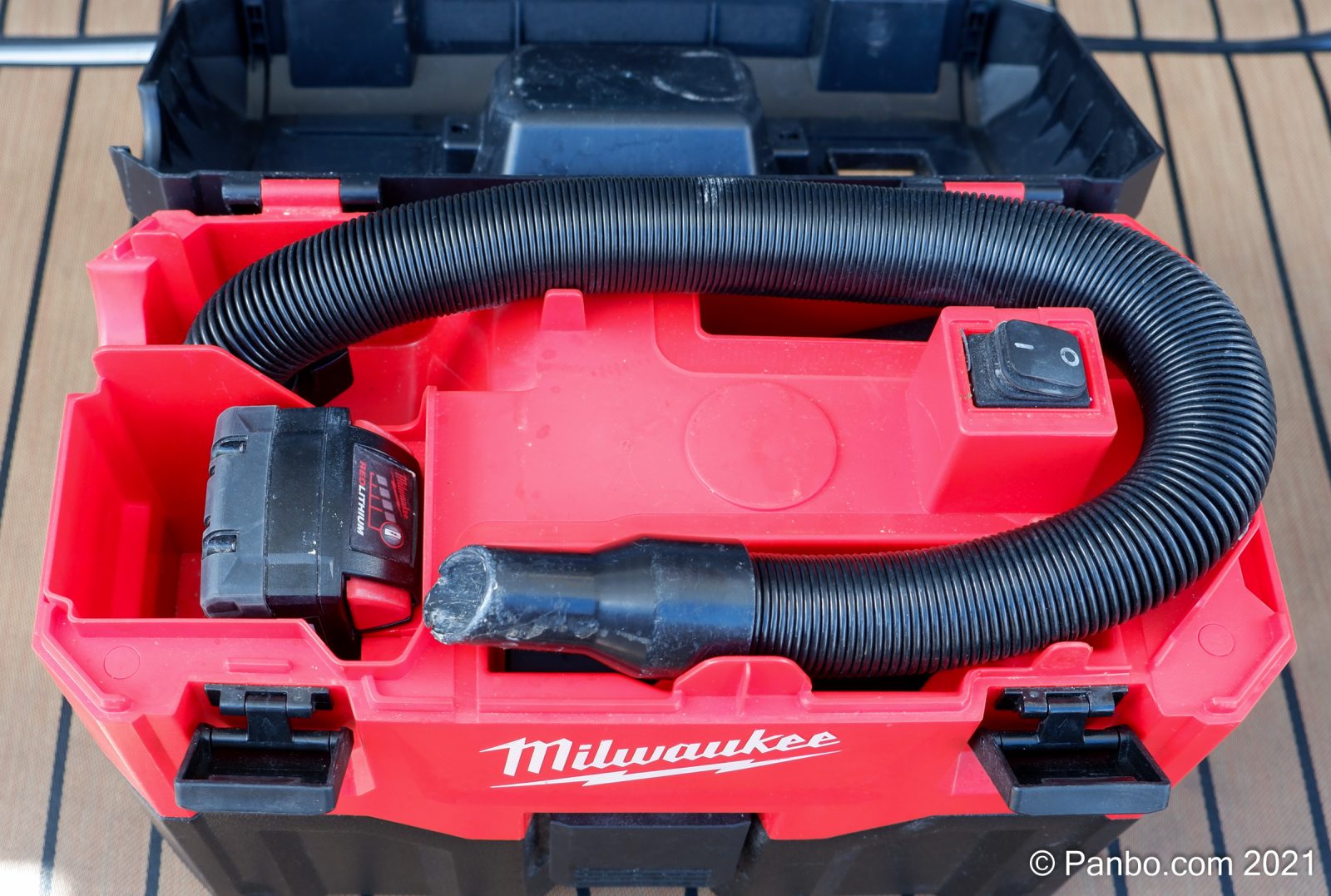




















/GreenGobblerRefresh32oz-5bc63b0d4cedfd00266e4611.jpg)
















